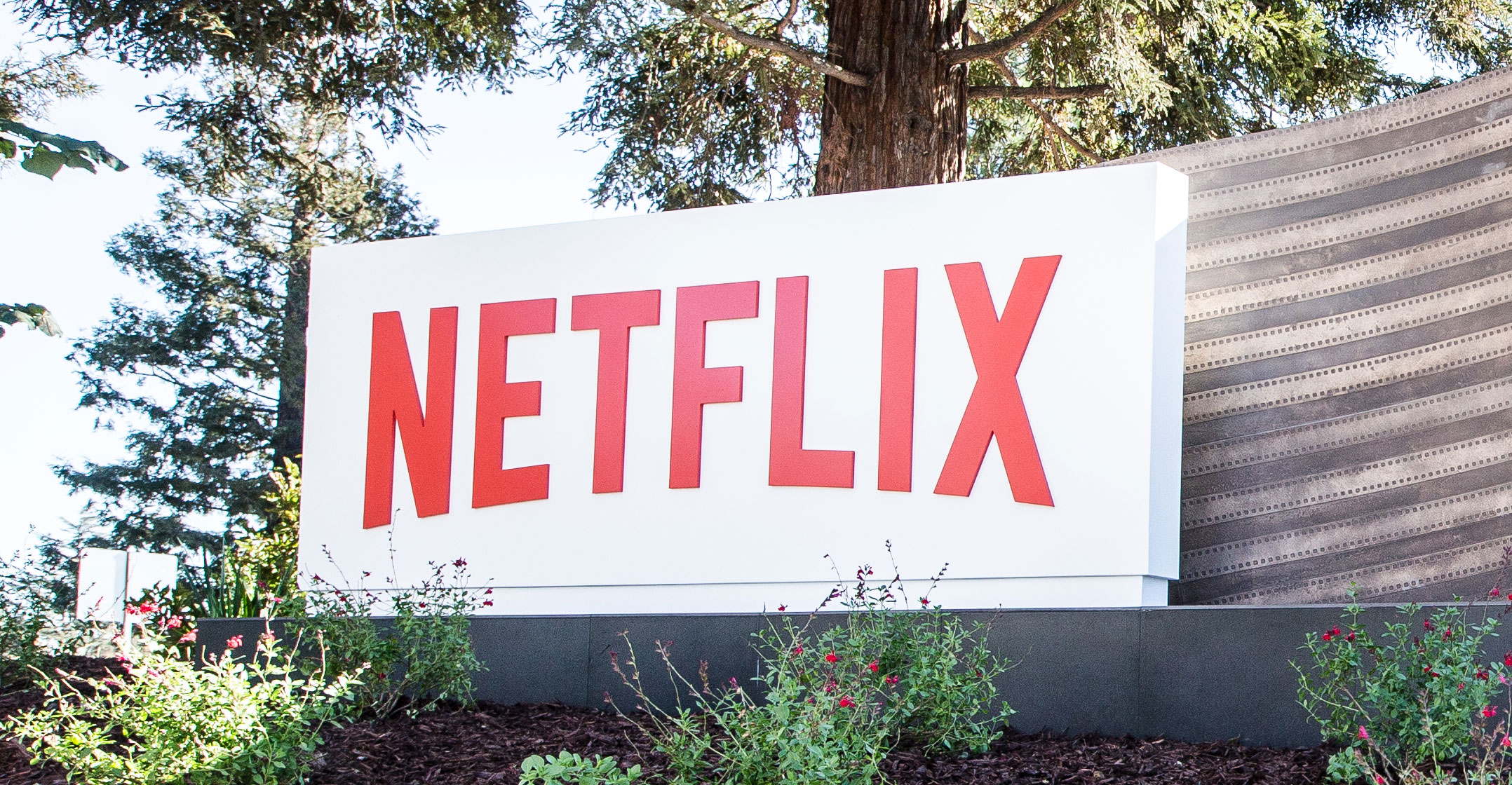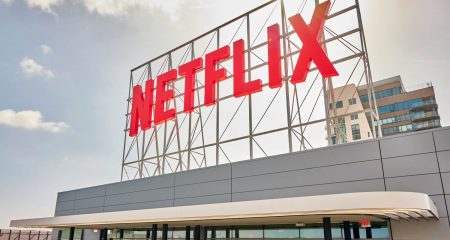
Netflix shocked investors by reporting a drop in US customers and much slower growth internationally, raising fears that the streaming giant is losing momentum just as competitors prepare to pounce.
The shares plunged as much as 13% to US$314 in late trading after Netflix reported the loss of 130 000 customers in the US — the result of higher prices and a weak slate of TV shows. It signed up 2.8 million subscribers internationally in the period, roughly half what the company predicted.
“Netflix has a difficult road ahead, with looming competition and the removal of popular content,” said EMarketer analyst Eric Haggstrom. But a stronger line-up of new shows in the current quarter could help attract former subscribers, he said.
The quarter represents the biggest black eye for Netflix since 2011, when the company split its DVD-by-mail business from its streaming business. That move raised prices for its customers, and resulted in the loss of more than 800 000 subscribers in the US. The company had planned to call the DVD service Qwikster, but it backpedalled on the plan after investors and customers scoffed at the idea.
Netflix said the miss is a one-time blip rather than a long-term problem. The second quarter has typically been its weakest time of year: the company missed its forecast during the period in three of the past four years.
Netflix looks to add seven million subscribers in the current quarter, thanks in part to the return of top shows Stranger Things and Orange Is the New Black.
‘Amazing capacity’
“Our position is excellent,” CEO Reed Hastings said during a video conference call on Wednesday. “We’re building amazing capacity for content. Our product has never been in better shape.”
For now, the second quarter shortfall is renewing investor concern about the company’s heavy programme spending and low profitability. Netflix shelled out more than $3-billion on programming in the quarter and another $600-million to market its shows. The company spent $594-million more than it took in and will need to raise money to fund programming.
Investors had been forgiving about the spending and the debt — so long as customers grew at record rates. But the loss of subscribers in the US was the first since the Qwikster debacle, and it suggests Netflix may be running into price resistance or the limits of the addressable domestic market. The company has forecast it can reach as much as 90 million customers in the US, compared to 60.1 million currently.

International results flagged too, with the company missing its own forecast of 4.7 million new subscribers. Europe, Latin America and Asia have been the primary drivers of Netflix’s customer acquisition in recent years, and growth must be sustained if the company is to justify its high valuation.
Netflix is introducing a cheaper, mobile-only package in India to attract customers in a big market with price-sensitive customers.
Analysts expect the company to have a blockbuster second half because of a heavy release schedule that includes a new season of The Crown and movies by directors Martin Scorsese and Michael Bay. Even after the slowdown last quarter, Netflix still thinks it can have its best year of customer growth in 2019.
But competition is coming. Walt Disney and Apple plan to introduce streaming services this year, while offerings from Comcast and AT&T arrive in 2020. Those services may not steal users from Netflix, but they will make future growth harder, according to Michael Pachter, an analyst with Wedbush Securities.
“We saw a preview of next year with this quarter,” Pachter said in an interview with Bloomberg Television. “Next year, they’ll have a couple quarters where they’ll lose subscribers.”
Another challenge is competitors are taking back rights to programmes that have been popular on Netflix, including Friends and The Office, to use for their own services. That will force Netflix to rely even more on its original productions.
Largely successful
Those efforts have largely been successful. Its shows just earned 117 nominations for the 2019 Emmy awards. But reruns of old shows still constitute the majority of viewing.
The slowdown in users overshadowed the company’s quarterly financial results. Earnings for the second quarter fell to $0.60/share, but beat analysts’ estimates of $0.56. Sales grew 26% to $4.92-billion, compared to projections of $4.93-billion.
The stock had been up 35% for the year at the close of regular trading, nearly double the gain of the S&P 500. The decline spread to related stocks such as Roku, which makes set-top boxes that deliver the streaming service. Its shares fell as much as 3.6% after hours. — Reported by Lucas Shaw, (c) 2019 Bloomberg LP




